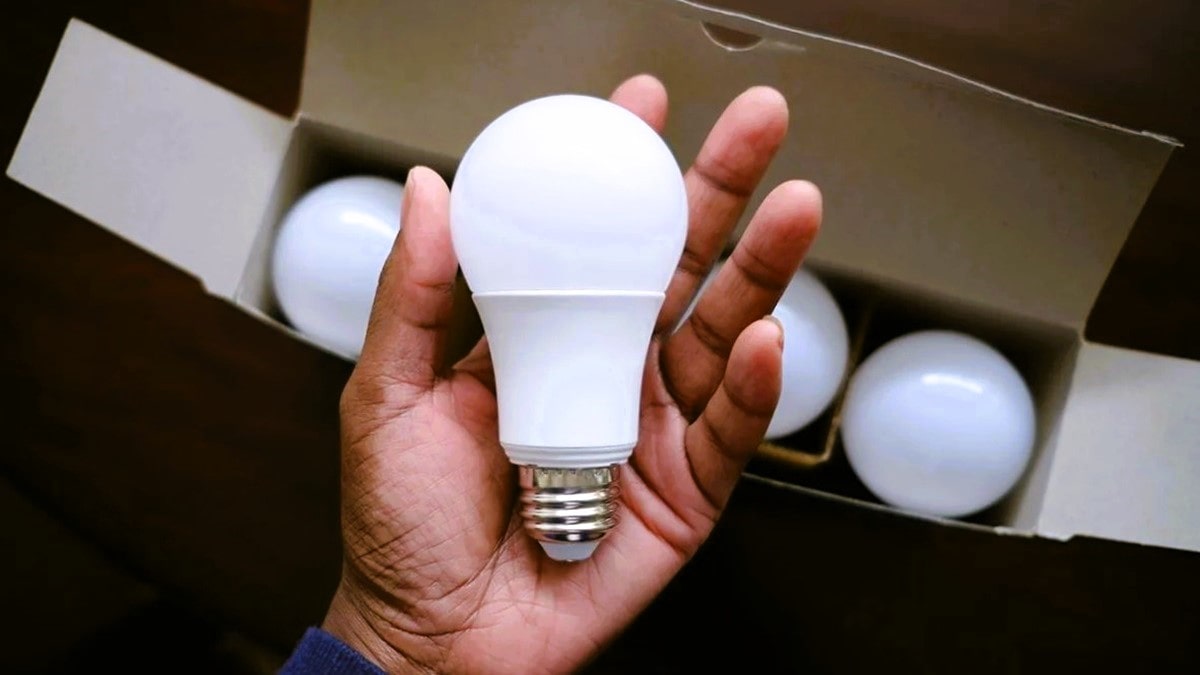Earlier, I had shared a short article about advantages and disadvantages of incandescent bulbs, now I’m covering advantages and disadvantages of LED bulbs.

LED bulb is no complex technology, it is using simple LED with milky white cover on it to emit bright white light. It is little expensive over traditional one, but life is also long. Since LED bulbs have many advantages compared to its disadvantages, I will be focusing on benefits more. If you know any other advantage than what I have shared, let me know.
Advantages of LED bulbs.
1. Energy efficiency.
LED bulbs are incredibly energy efficient. They use up to 80% less energy than traditional incandescent bulbs, which means lower electricity bills and a smaller carbon footprint. This makes them a smart choice for anyone looking to reduce energy consumption.
2. Long lifespan.
One of the biggest advantages of LED bulbs is their long lifespan. While traditional bulbs might last around 1,000 hours, LED bulbs can last anywhere from 15,000 to 50,000 hours. This means fewer replacements and less hassle over time.
3. Durability.
LED bulbs are more durable than their traditional counterparts. They are made with sturdy components that can withstand rough conditions, making them less prone to breakage. This is especially useful in areas where the bulbs might be subject to vibration or impact.
4. Instant lighting.
Unlike some other types of lighting, LEDs light up instantly when switched on. There’s no need to wait for them to warm up, which can be particularly beneficial in situations where immediate lighting is needed.
5. Environmentally friendly.
LED bulbs are more environmentally friendly because they contain no toxic elements like mercury, which is found in some other types of bulbs. They are also recyclable, reducing waste and contributing to a more sustainable environment.
6. Lower heat emission.
LEDs emit very little heat compared to incandescent bulbs, which release about 90% of their energy as heat. This makes LEDs safer to handle and reduces the risk of fire hazards, especially in enclosed or hard-to-reach fixtures.
7. Versatility.
LED bulbs are available in a wide range of colors and designs, making them suitable for various applications. Whether you need a bulb for your home, office, or outdoor setting, there’s likely an LED that fits your needs perfectly.
Disadvantages of LED bulbs.
1. Higher initial cost.
One of the primary drawbacks of LED bulbs is their higher initial cost compared to traditional bulbs. While prices have been dropping, LEDs can still be more expensive upfront, which can be a barrier for some consumers.
2. Temperature sensitivity.
LEDs can be sensitive to extreme temperatures, particularly high heat. In very hot conditions, the performance and lifespan of an LED bulb can be negatively affected, making them less ideal for certain environments.
3. Dimming issues.
Not all LED bulbs are compatible with existing dimmer switches. Using an incompatible dimmer can result in flickering or poor performance. It’s important to ensure that the LED bulbs you purchase are dimmer-compatible if you plan to use them in dimmable fixtures.
4. Blue light emission.
LED bulbs emit more blue light than traditional bulbs, which can disrupt sleep patterns if used in the evening or night. Prolonged exposure to blue light can also cause eye strain and discomfort for some people.
5. Directional lighting.
LEDs provide directional light, meaning they emit light in a specific direction rather than in all directions like traditional bulbs. While this can be an advantage in certain applications, it may not be suitable for situations where diffuse lighting is desired.
6. Complex disposal.
Although LED bulbs are more environmentally friendly during their use, they still need to be disposed of properly. While they don’t contain hazardous materials like mercury, they do have electronic components that should be recycled to avoid environmental harm.
Conclusion.
Overall, LED bulbs offer significant benefits in terms of energy efficiency, durability, and environmental friendliness, making them a great choice for many applications. However, it’s important to be aware of their higher upfront cost, temperature sensitivity, and potential dimming issues when making the switch.
Leave a Reply